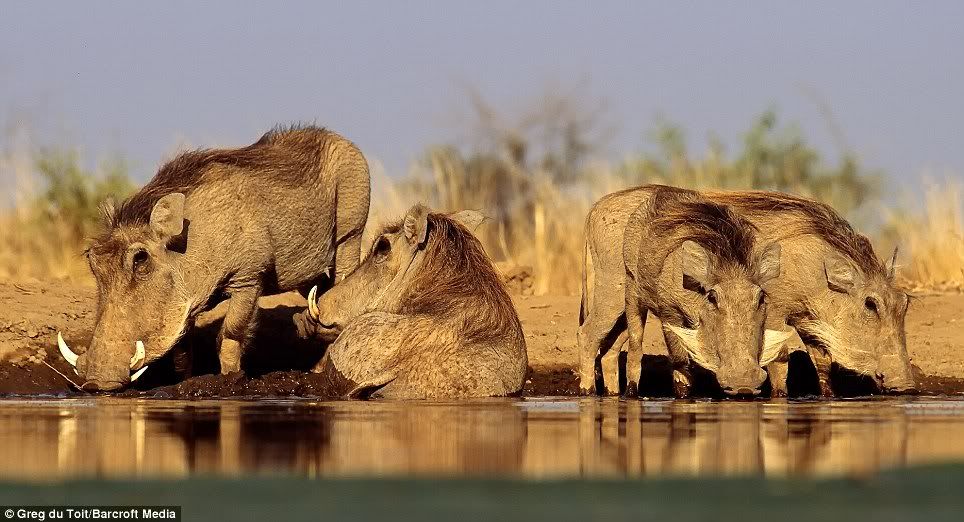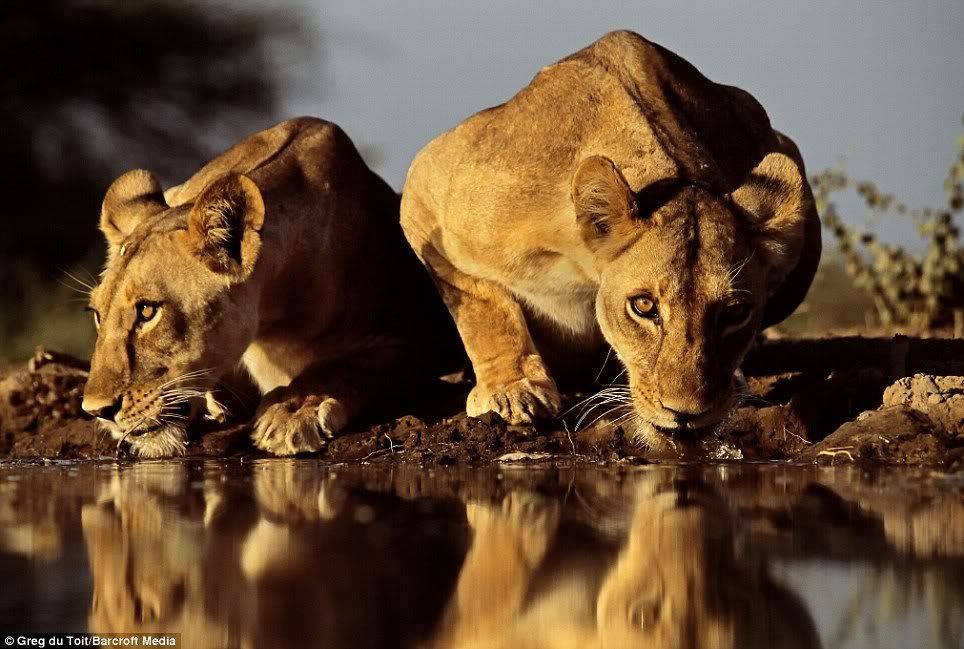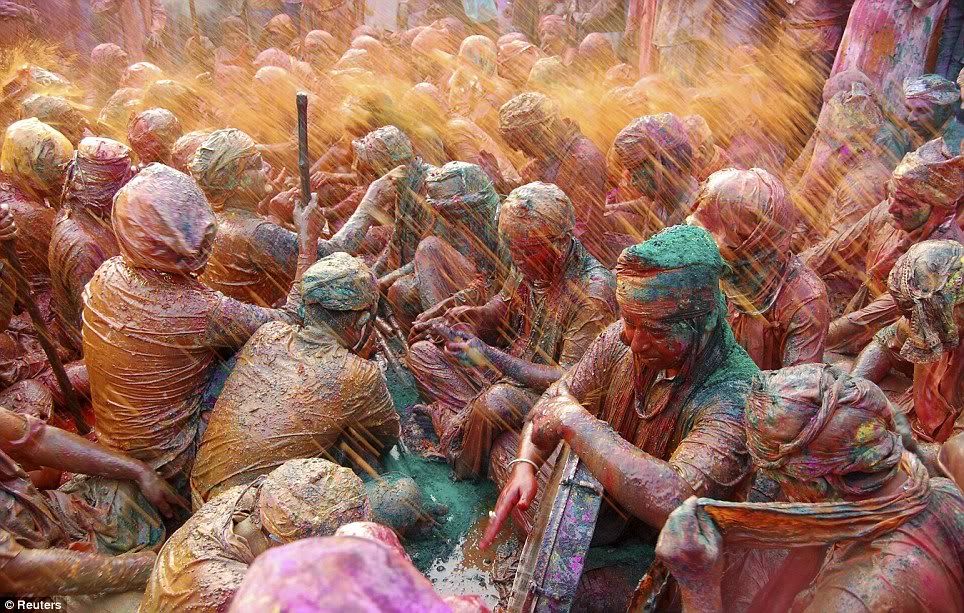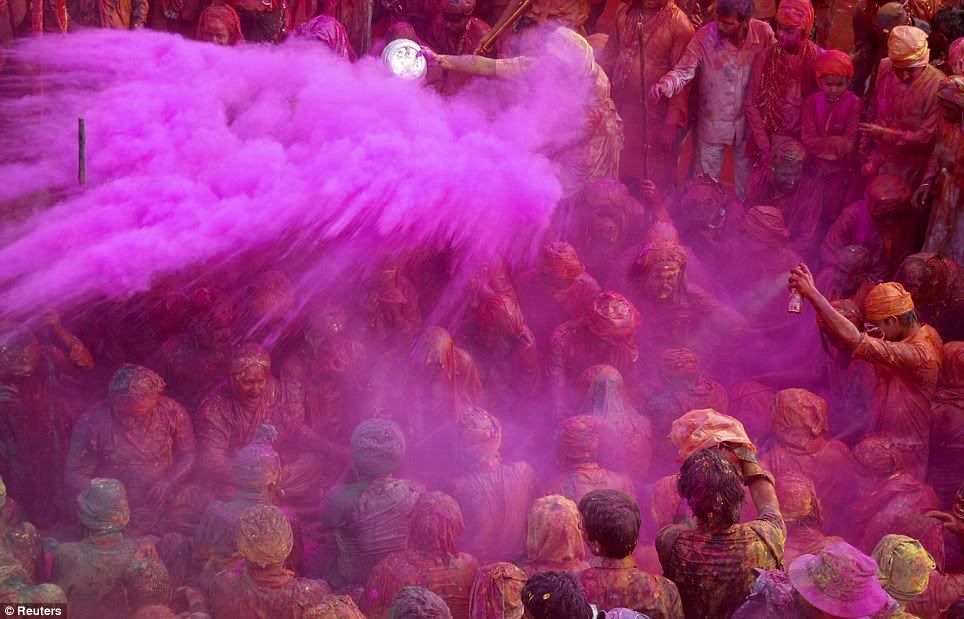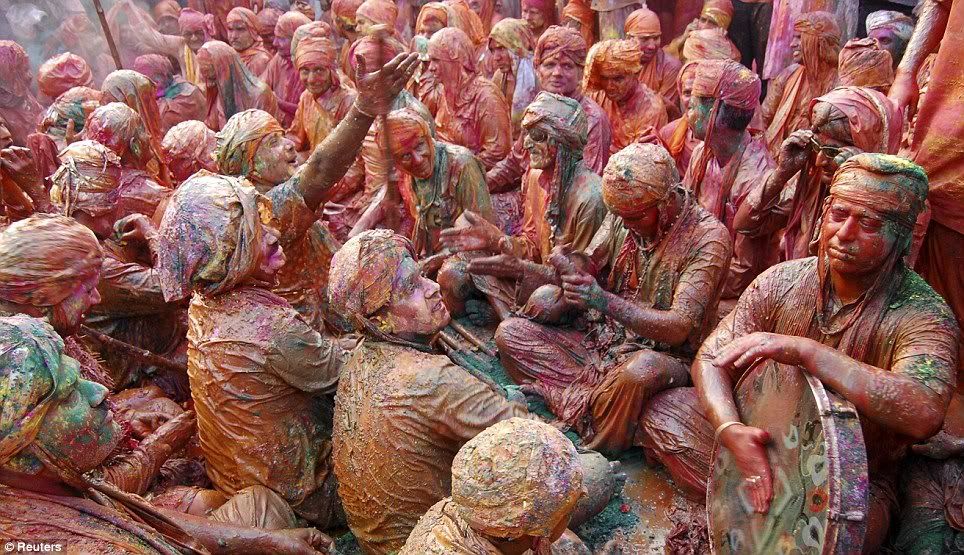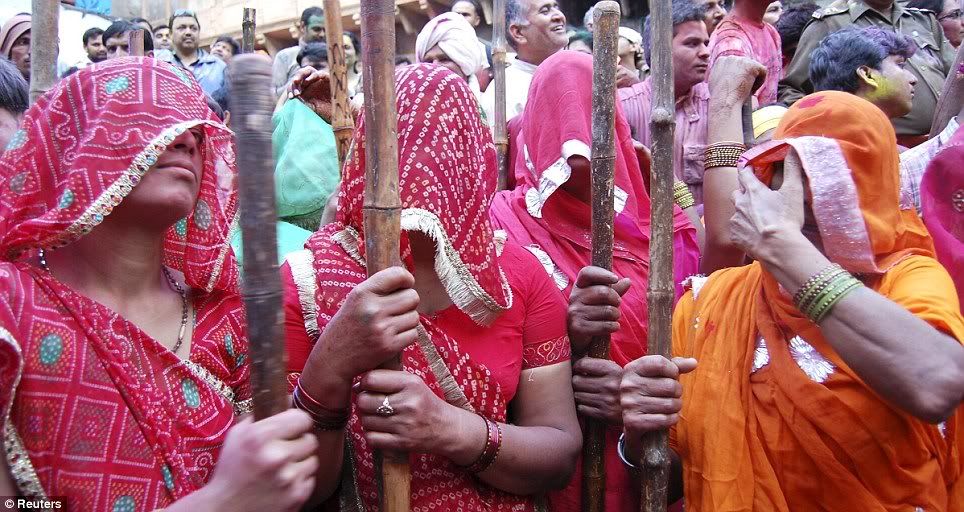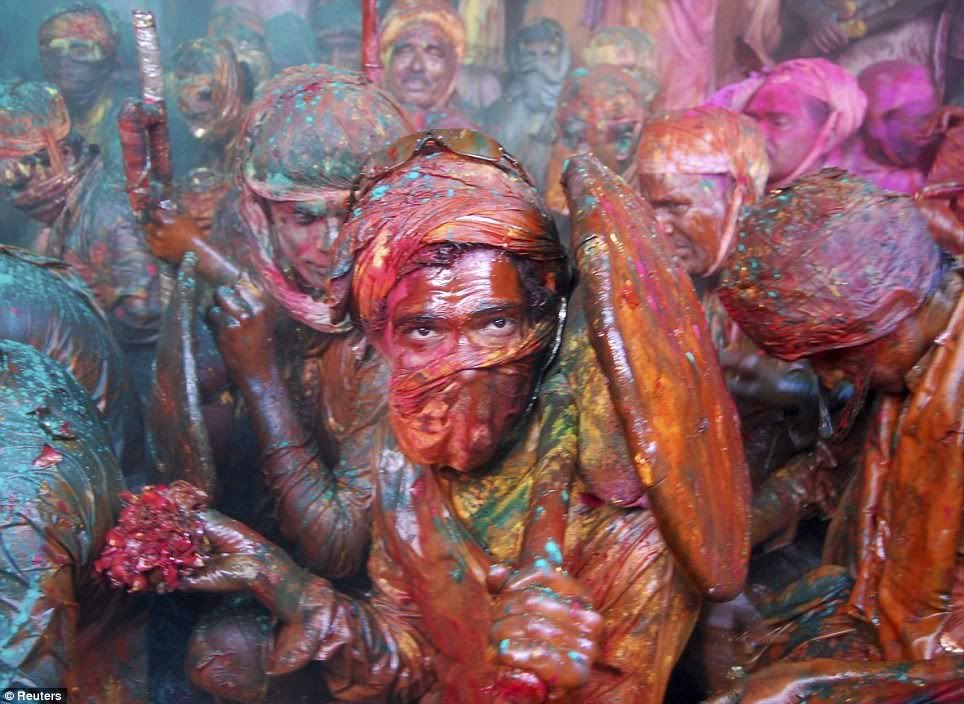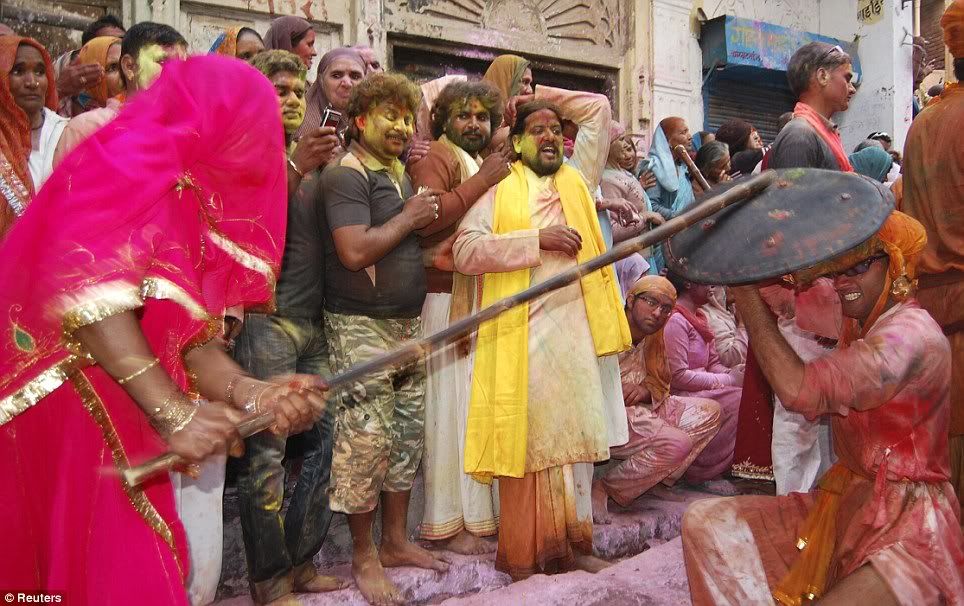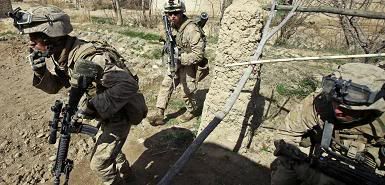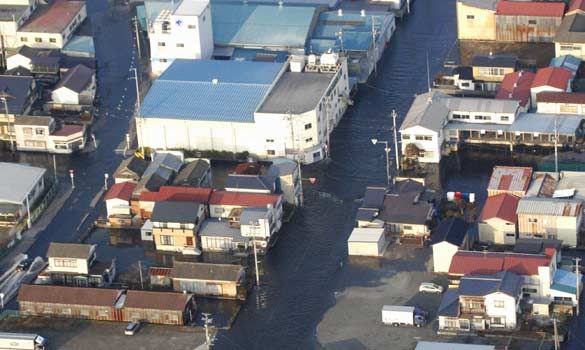Unpopular: Artist impression of the hijab-inspired arch Tower Hamlets council has proposed be built at either end of Brick Lane
Extremist group: The IFE supports jihad - such as acts carried out by Humam Khalil Abu Mulal al-Balawi (pictured) who killed seven CIA operatives
Members of the Islamic Forum of Europe (IFE) which believes in Britain should develop sharia law have placed sympathisers in elected office and local branches of parties, an investigation revealed.
The covert campaign is part of an attempt at 'mass mobilisation' of voters by the group, which believes in jihad.
Jim Fitzpatrick, the Environment Minister, told the Sunday Telegraph the IFE had become a secret party within Labour.
He said: 'They are acting almost as an entryist organisation, placing people within the political parties, recruiting members to those political parties, trying to get individuals selected and elected so they can exercise political influence and power, whether it’s at local government level or national level.'
'They are completely at odds with Labour’s programme, with our support for secularism.'
Mr Fitzpatrick, the MP for Poplar and Canning Town, said the IFE had infiltrated and 'corrupted' his party in east London in the same way that the far-Left Militant Tendency did in the 1980s.
Leaked Labour lists show a 110 per cent rise in party membership in one constituency in two years.
A six-month investigation into the IFE and its political activities revealed it had 'consolidated' its influence at the London borough council of Tower Hamlets, which has a budget estimated at£1bn.
Other recordings by undercover reporters include leaders of the group saying they opposed democracy and supported sharia law.
The investigation revealed the group had received £10m in taxpayer cash from government funds designed to 'prevent violent extremism'.
It also uncovered evidence that moderate Muslims were being targeted by group leaders who resent their 'un-Islamic' behaviour.
Lutfur Rahman, leader of Labour-run Tower Hamlets Council, obtained his post with the group's help.
Referring to IFE activists, he said: 'There are various people across Tower Hamlets who get excited, who get involved.'
He would not comment on concerns about infiltration, saying they were 'party matters'.
He said: 'If you look at our flagship policies, like investing £20 million to tackle overcrowding, you can see that we are working for everyone.'
The IFE said it did not seek to influence the council and had not lobbied for Mr Rahman.
'If anything, existing members of the Labour Party have joined the IFE, rather than the other way round,' it said.
The group insisted it was not a fundamentalist or extremist organisation and did not support violence.
Labour today promised to investigate the allegations and said the local party in Tower Hamlets was already in 'special measures'.
This means the selection of candidates has been taken over by the regional party in London.
'The London Regional Labour Party has placed Tower Hamlets Labour Party in special measures following complaints of membership abuse and its administration, including the selection of council candidates, has been taken out of the hands of the local party,' the party said in a statement.
'This is now run by the London Regional Labour Party and we will investigate any further evidence which is raised by this programme.
'The Labour Party will take firm action and do whatever is necessary to ensure that everyone who joins the party does so as an individual and supports Labour's aims and values.'
Tower Hamlets Council recently courted controversy by proposing to build 'hijab'-shaped arches at either end of London's Brick Lane as part of a cultural tour.
Residents said the £1.85m scheme was culturally-insensitive and a waste of money.







